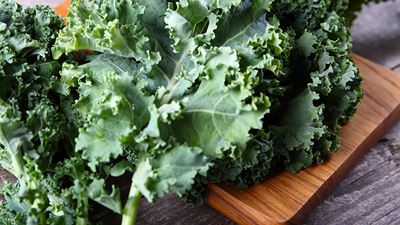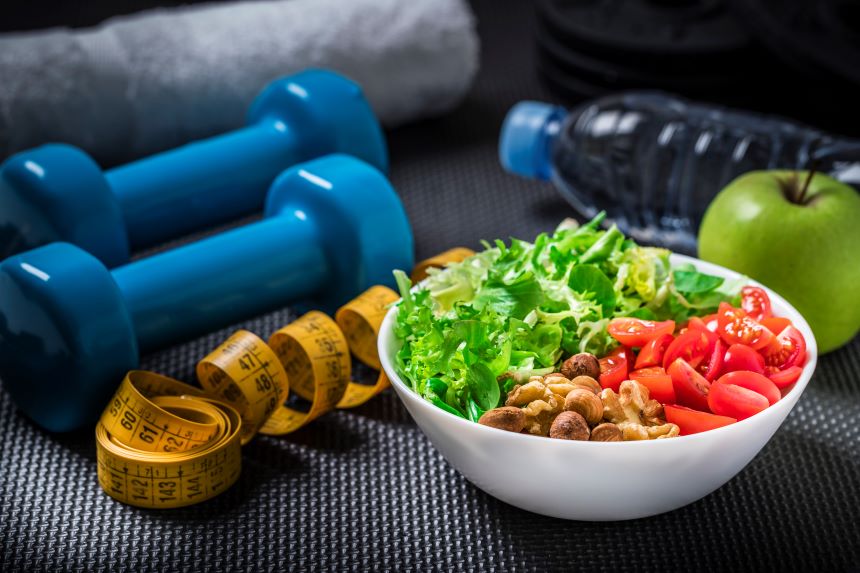The superfood kale is often on the list of top foods to eat. But it recently made the Dirty Dozen list of produce with the most pesticide residue, according to the Environmental Working Group. That doesn’t mean you should stop eating kale. Instead, learn the best ways to clean it so you can enjoy the benefits of this nutritious vegetable.
Why Is Kale a Superfood?
Rich in nutrients and fiber, kale is part of the cruciferous family of vegetables, which includes broccoli, Brussels sprouts, cabbage and cauliflower. Kale and other members of the family are loaded with phytochemicals, or plant chemicals, that are linked to preventing cancer, reducing inflammation and benefiting your heart and digestive system.
One cup of cooked kale provides nearly 40 percent of the DRI (dietary reference intake) for vitamin C and more than 1,000 percent of the DRI of vitamin K. Kale also is a great source of vitamin A, calcium, potassium, manganese, copper and vitamin B6. The nutrient density is quite impressive—1 cup of cooked kale supplies 2.5g protein and 2.6g fiber--all for 36 calories, which makes it a fantastic choice for healthy weight maintenance.
What Is the Dirty Dozen?

Each year, the nonprofit EWG creates its Dirty Dozen list of produce that contains the most residue from pesticides, along with the Clean Fifteen list of produce with the least residue. For the first time in a decade, kale made the dirty dozen list.
The complete Dirty Dozen list for 2019 features:
- Strawberries
- Spinach
- Kale
- Nectarines
- Apples
- Grapes
- Peaches
- Cherries
- Pears
- Tomatoes
- Celery
- Potatoes
Reducing Pesticides on Produce
Both organic and conventional farming use pesticides, and these substances are regulated by the United States Environmental Protection Agency (EPA), United States Department of Agriculture (USDA), and Food and Drug Administration (FDA) for quality and safety. The USDA regularly monitors crops to ensure residue levels are below the levels set by the EPA. Still, when lists like the Dirty Dozen come out, it’s understandable to wonder if there are ways to reduce the pesticide residue on the produce you buy.
One of the best options to remove pesticide residue is to clean your produce.
- Wash fresh fruit and vegetables with water to remove surface residue and pesticides in crevices.
- Remove the outer leaves of leafy vegetables and discard.
- If you eat the fiber-rich skin, use a brush to clean that outer layer even more. Don’t use soap, which can leave a detergent residue.
- Remember to clean and sanitize your produce drawer in the fridge.
Importance of Eating Fruits and Vegetables
When grocery shopping, go for variety while staying within your budget. Aim to get five servings of fruit and vegetables per day. Organic foods often cost more than conventional, yet organic produce is not healthier nor does it have a nutritional advantage over conventional produce. Most Americans are not eating enough fruit and vegetables as it is. Discouraging the purchase of anything not organic would be a disservice to all of our diets.
Whether you buy organic or not is a personal decision. The most important message is to eat more vegetables and fruit regularly. That benefit far outweighs any risks.
Choose to Stay in Touch
Sign up to receive the latest health news and trends, wellness & prevention tips, and much more from Orlando Health.
Sign Up for HealthBeat










